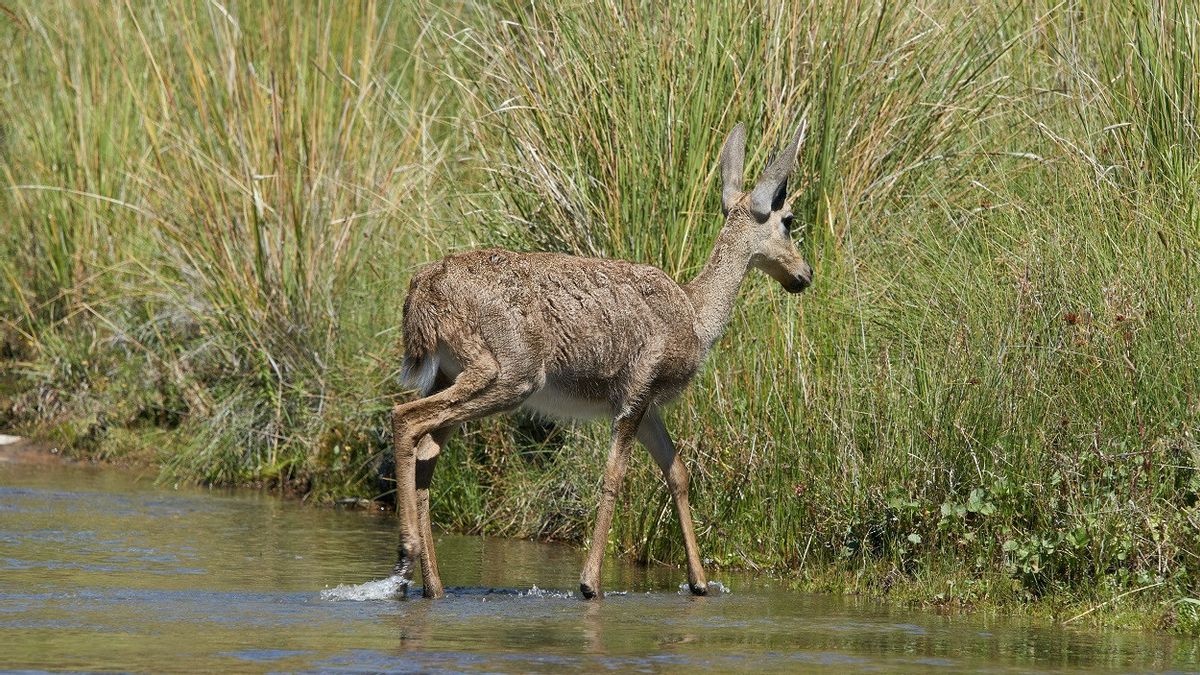JAKARTA - Wildfires in northern Argentina are forcing local wildlife species including the capybara, swamp deer and pangolin to try to escape, homeless with many animals killed or injured trying to escape as the fire spread.
The fires in Corrientes Province, which borders Paraguay, have scorched nearly 900,000 hectares of forest and grassland, about 12 percent of the area, including destroying habitat in the diverse wetlands of Iberá Park.
"There are Iberá sectors where animals have become trapped," said Sofía Heinonen, executive director of Rewilding Argentina, a foundation that works to protect species at risk.
"They usually have water as a refuge, they always have mountains, but in this case the recent extraordinary drought has caused many ravines, many lagoons and most of the mountains to dry up," Heinonen said.
Images show crocodiles, capybara and swamp deer fleeing the fire, with some burning. Heinonen said the foundation, which has reintroduced the animals into the wild in Iberá, had found the jaguar and live bird species and brought them back to the center.
Amid a prolonged period of drought, firefighters have been battling the blaze for about two months, which has caused millions of dollars in damage to farms and agricultural businesses, and endangered plant and animal life.

"Many of the animals fleeing the fires were hit by vehicles, others caught fire or had breathing problems," says Eric Pelozo, in charge of rehabilitation at the Aguará Conservation Center, which helps care for animals from Ibera.
He said some species such as the capybara and deer were faster, helping them escape. While snakes and pangolins are more at risk. Many of the animals, he added, would have "no place to return to once the fire is out."
"We are just starting with the hard work of rescuing animals that are burned or injured, either directly or indirectly due to the impact of the fire," he said.
Heinonen, a biologist, said the rains would eventually help restore soil, with grassland recovery quicker while most of the forest burned would take longer.
A UN report recently said the number of extreme forest fires is expected to increase by 30 percent over the next 28 years, with climate change triggering droughts and farmers clearing forests, something Heinonen agreed hit Corrientes.
"What's happening now is extraordinary," Heinonen said, citing the impact of climate patterns such as La Niña, which normally causes heavy rainfall in key parts of the South American country.
"We are facing an event of a large dimension that has never been seen before and we understand that as a result of global warming the planet is suffering," he concluded.
The English, Chinese, Japanese, Arabic, and French versions are automatically generated by the AI. So there may still be inaccuracies in translating, please always see Indonesian as our main language. (system supported by DigitalSiber.id)













